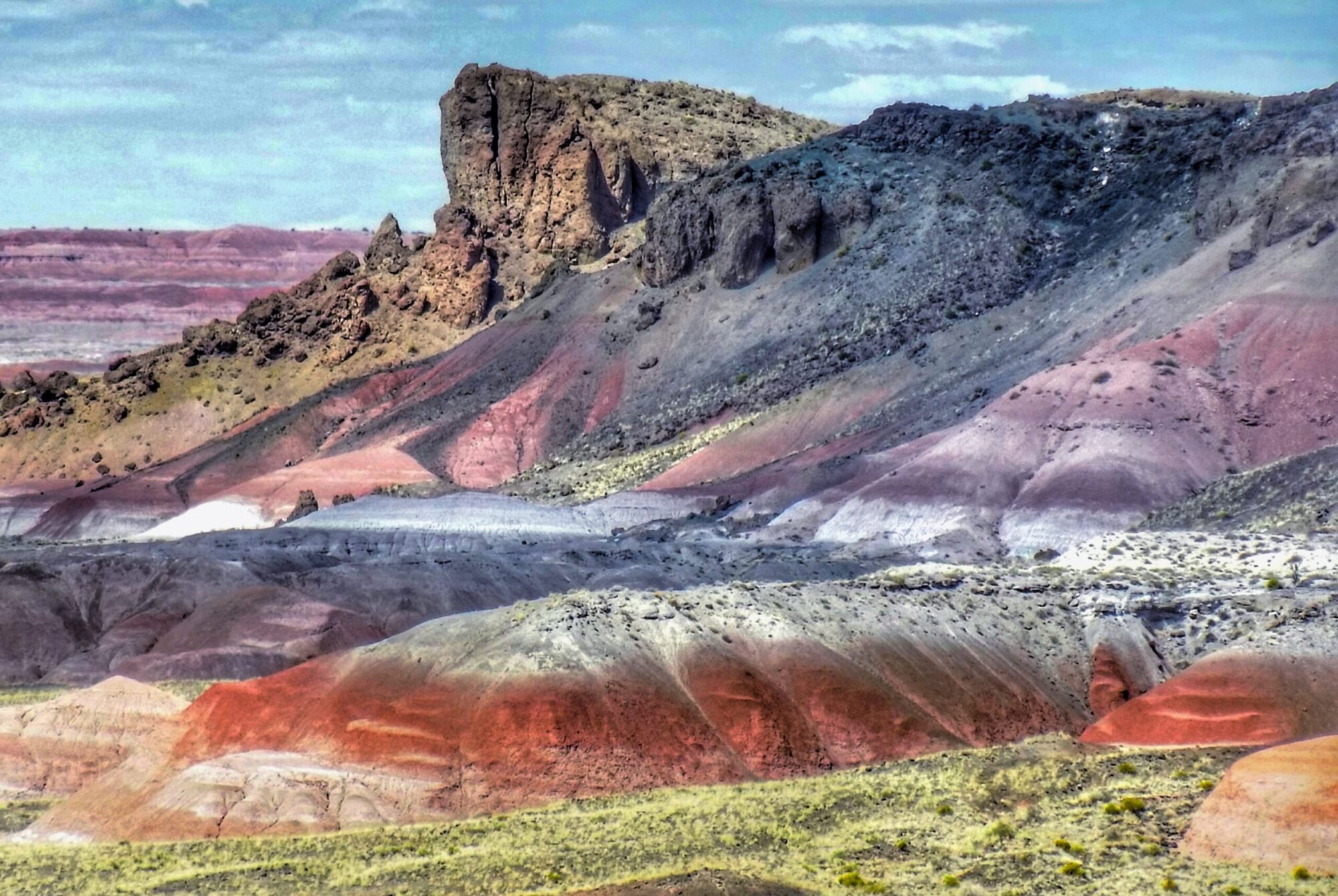Thomas David Jones sat in the hard fiberglass chair, surrounded by numerous instruments and controls. The tin can that housed him was smaller than the kitchen in the base housing in Florida where he and his wife lived.
Tom was a Major in the United States Air Force, and one of the first astronauts chosen by NASA for space exploration. As Tom sat strapped into the seat of the cone-shaped Mercury module, he thought about his mission, and the need for the United States to catch up and pass the Soviet Union in the so-called ‘Space Race’.
The race began in 1957, when the U.S.S.R. launched Sputnik, the county’s first satellite. In 1961, Yuri Gagarin became the first person to fly into space. Alan Shepard, an American astronaut, flew a sub-orbital flight soon after, but the U.S. had a long way to go to catch up with the Soviets. NASA formed and the race went into high gear.
The U.S. got closer when John Glenn orbited the Earth in 1962. NASA’s goals were to have the first person perform a space-walk, followed by putting the first person on the moon. NASA slated Tom for the first space-walk.
Tom woke early on Wednesday morning, April 17, 1963. His historic flight would begin in two hours. He had butterflies in his stomach, and didn’t feel like eating breakfast. Instead, he swallowed a few protein pills. At precisely 4:00 AM EST, an Air Force jeep picked him up and drove him to Cape Canaveral. He was briefed, and then led to the top of the launch pad. Launch engineers led him to the capsule and strapped him into the seat. Just before the hatch closed, Tom said a quick prayer and donned his helmet.
Through the speakers in his helmet, he heard the countdown for his historic flight. Another engineer in Ground Control counted down . . .
“Ten, Nine, Eight, Seven, Six, Five, Four, Three, Two, One, Liftoff.”
Eight minutes into his flight, the Ground Control engineer spoke to Tom again.
“Tom. You made the grade.”
Tom knew this was code for making it out of the earth’s atmosphere. Twenty minutes after that, Tom was in space, safely orbiting Earth. For the next twenty-four hours, as Tom prepared for his space-walk, he and the Ground Control engineer communicated about Tom’s health and capsule’s conditions. At one point, the engineer asked Tom, “We have a bet going on here regarding what shirt you’re wearing under your suit. I bet one hundred dollars that you’re wearing an Air Force shirt. Most think you’re wearing a NASA shirt. Which is it?”
Tom replied, “You’re all wrong. I’m wearing a Rolling Stones shirt.”
The next day, April 18, at 12:34 EST, Tom became the first American, and the second person, to exit a spacecraft and walk in space. Just prior to him exiting the module, the Ground Control engineer spoke with him.
“It’s time for you to leave the capsule, if you dare.”
Tom grabbed and pulled the lever that opened the capsule door. He replied to the engineer. “I’m stepping through the door, and floating in a most peculiar way.”
“How are your visuals?” the engineer asked.
Tom responded, “Different from an hour ago. I’m over Africa now, and the stars look very different today. The world looks very blue.”
Tom’s space-walk was supposed to last only twenty minutes. Catastrophe struck at the nine-minute mark.
“Tom to Ground Control. I’m untethered from the capsule. It’s moving away from me, but I’m feeling very still.”
“Ground Control to Tom. Your circuit is dead, and there’s something wrong. Can you hear me?”
Tom did not respond right away.
“Can you hear me?” the engineer asked, several more times.
Tom could do nothing but float away into space. The last messages from Tom were faint and distant.
“It looks like I’m past one hundred thousand miles from Earth. I’m far above the moon now.”
“Please repeat.” The engineer asked Tom.
Tom’s last transmission came at 1:20 PM EST. “Tell my wife I love her very much.”
On June 3, 1965, Air Force Lieutenant Colonel Edward White became the first American to walk successfully in space. His time outside of the Gemini capsule lasted twenty-three minutes.

